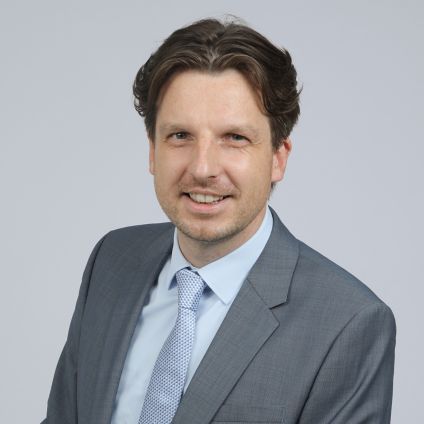In each edition of Healthcare Foresight, we gain perspectives on hot topics affecting the industry through a global prism of international health leaders. In mid-2021, KPMG surveyed healthcare leaders around the world on workforce issues and found the top three most concerning issues keeping healthcare CEOs up at night were the ability to meet demand, the impact of new operating models upon staff, and supporting workforce wellness. With healthcare systems in many jurisdictions currently responding to the impact of the Omicron variant, we wanted to see if these issues were still ringing true, so we asked KPMG healthcare professionals across the global organization about which of these issues was most pressing in their markets and how local providers were taking action.
Throughout this website, “we”, “KPMG”, “us” and “our” refers to the global organization or to one or more of the member firms of KPMG International Limited (“KPMG International”), each of which is a separate legal entity.







